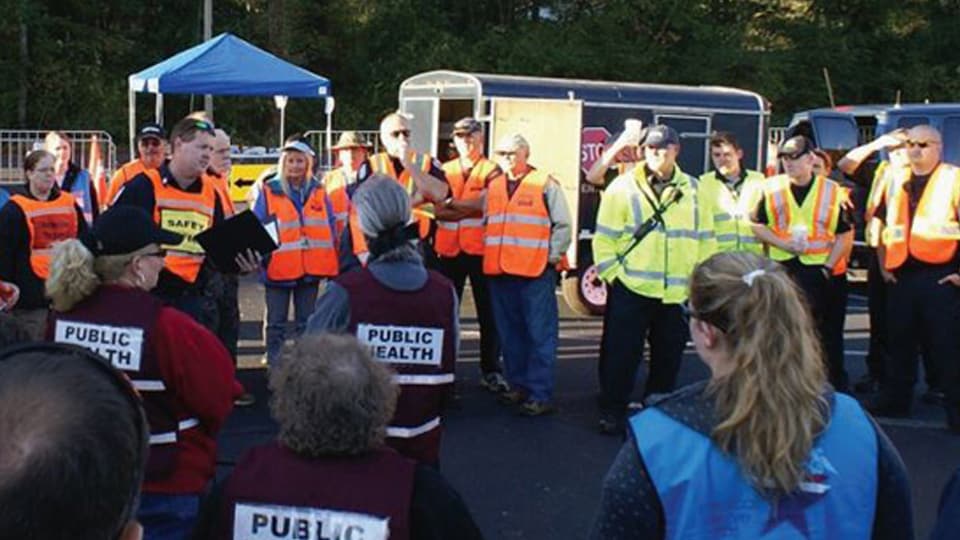At a glance
In 2011, CDC established 15 capabilities that serve as national standards for public health preparedness planning. Since then, these capability standards have served as a vital framework for state, local, tribal, and territorial preparedness programs as they plan, operationalize, and evaluate their ability to prepare for, respond to, and recover from public health emergencies.

Overview
In 2017, DSLR began updating the capabilities in response to lessons learned from public health emergency responses, updates to public health preparedness science, revised guidance and resources, findings from internal reviews and assessments, subject matter expert feedback from the practice community, and input from allied federal agencies and professional associations. The capabilities update focused on streamlining language and aligning content with new national standards, updated science, and current public health priorities and strategies. The capabilities also support topics such as pandemic influenza, environmental health, at-risk populations, and tribal populations.
The updated 2019 Public Health Emergency Preparedness and Response Capabilities: National Standards for State, Local, Tribal, and Territorial Public Health recognizes the maturity and experience jurisdictional public health emergency preparedness and response programs have gained since 2011. The document describes the components necessary to advance jurisdictional public health preparedness and response capacity.
